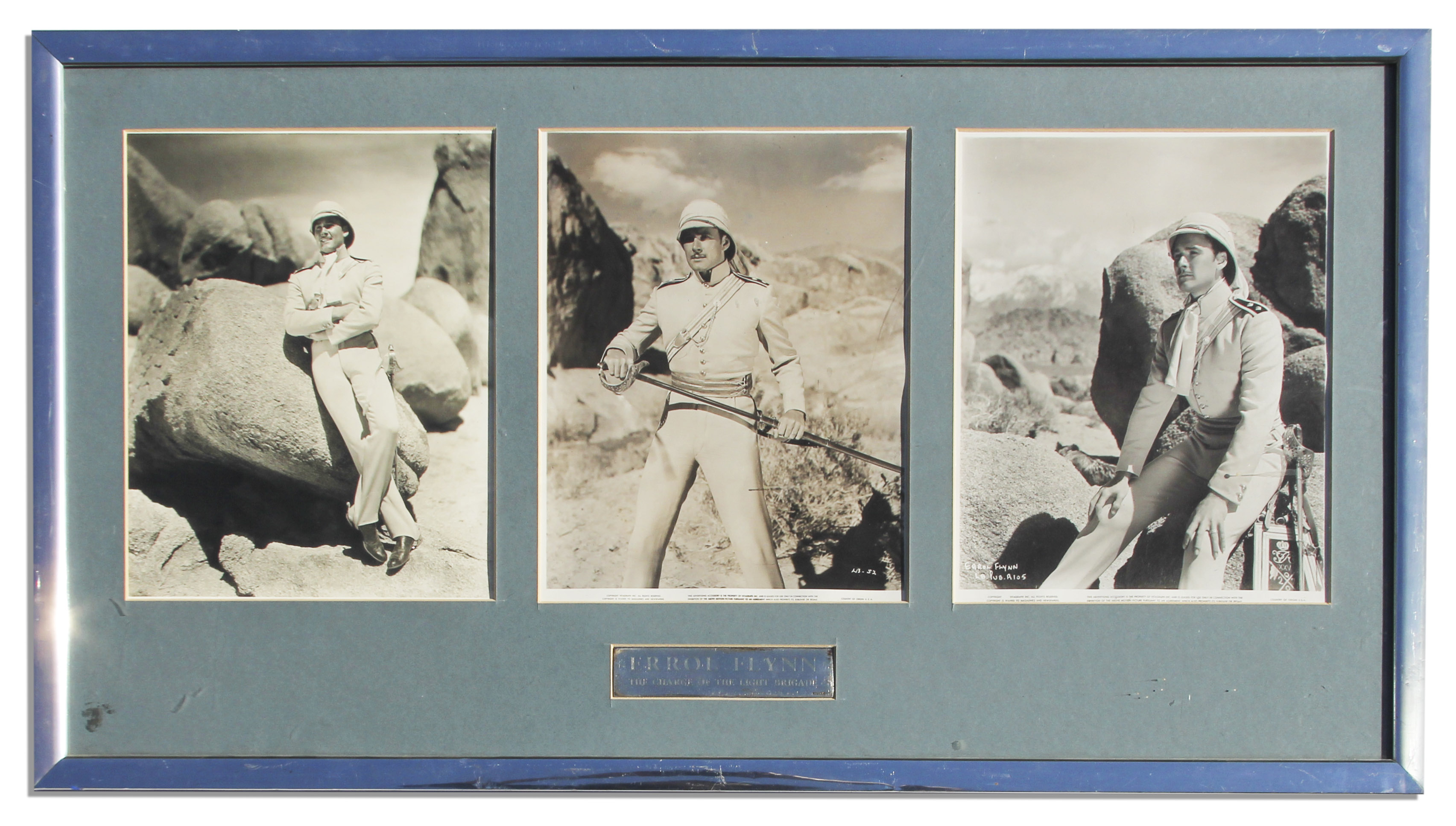1) in all probability, such a weapon is a polearm and requires 2 hands. If the PC wants to use a sword or wand in the off-hand, then a longsword it is.
I agree that, at present, the weapon with better damage and reach will be a 2 handed weapon, forcing a choice. If there were a 1 handed weapon which did more damage than a longsword (say 1d10 rather than 1d8) and had Reach, how many characters would use a longsword?
2) roleplay- my Marshal2/Duskblade2/Battle Sorcerer6 w/Stalwart Sorcerer ACF uses a longsword both because he uses a shield in his off-hand but also because he is a member of the Illuminated Society of Thoth, whose "...members favor the use of straight, double-edged blades of all kinds as the embodiment of the common aphorism, "knowledge is a double-edged sword."
I note, however, that he has the advantage of a shield in his off hand (or could use it for spellcasting), and he selected the best one handed weapon choice available, not a short sword which would also meet your "straight double edged blade" criteria.
This is demonstrably false. Bow hunting is a huge sport.
Emphasis added. I even thought of commenting on that. And I can see that hulking Warrior playing darts at the tavern. But I doubt he takes those darts off to war rather than taking a longbow.
Bows and crossbows also have the advantage of silence.
When is the last time you heard of a sniper using a bow or crossbow rather than a high range rifle with scope and silencer?
And I agree with your assessment of the feat's mechanical power. Yet PA has rarely been chosen by more than half of those PCs in our group with warrior levels. (And I prefer MG, since, as stated, I don't need the 13 strength to get the same power boost.)
Actually, which is better (3.5 or PF) depends on how easily you can hit a given AC. A 10th level fighter in 3.5 can get up to +10 damage, but it's not great for his iterative attacks to take -10 to hit. I recall a guidebook which noted you want to pay attention to the GM's favoured enemies in selecting feats. Power Attack is a lot better against Giants (low AC and high hp for their CR) than incorporeal undead (higher AC an lower hp for their CR). The same fighter in Pathfinder only gets +6 damage, but he's only taking -3 to hit. I don't think Power Attack is a "must have" feat, by the way. Both Monkey Grip and Power Attack add damage, but if that's not the character you are pursuing you mention a tripper/disarmer) other choices present themselves.
But even so, at 1st level, he could only do that so many times before that ability was utterly exhausted. Then he'd be down to his Sorcerer's BAB for melee attacks.
A sorcerer in no armor with a dagger could also only do that so many times before the ability was exhausted. The balance issue here seems more about choosing to Blast rather than use other spells. And when you describe him stepping up and wiping out the opposition, he sure sounds effective - wasn't he?
Maybe you should look a bit better at what type of weapons the romans used (or medieval/renaissance armies). They had a lot of different weapons, partly also because many weapons were only effective against certain types of armors or enemies (although the Romans instead of using different weapons preferred to have auxiliary troops equipped with them) , something which D&D sadly never modeled very well and likely never will considering the current direction of oversimplification. Also, there were other considerations taken into account when choosing weapons, although some of them do not apply to D&D characters (training, etc.).
Pole arms were typically used in mass formations, which we don't see much in D&D. AD&D had those fiddly weapon vs armor modifiers that no one used, so they were dropped by 2e for simplicity. In addition to training, real world armies considered cost. D&D characters don't typically have much of a cost constraint.
Nah, D&D is pretty broad, but that doesn't mean that it has to support all concepts equally well.
See, I'm fine with that. But to me, that means it should acknowledge the concepts it does, and does not, choose to support. For example, state that "your wizard can choose to use feats to wear armor and carry heavier weapons, but this will likely result in a less effective character than one who focuses on the unarmoured, lightly armed wizard the game is generally designed around."
Welcome to your first step into a larger world.
After my post, a further thought occurred. The business model does not support "good play" being more important than "good build". How many books do you need to buy for good play? How many splatbooks do players buy to get better builds? Which choice, then, will bring more dollars to the business? It seems pretty clear which approach WoTC, or any business, is motivated to pursue.
Many of us believe that's been an issue for Hero Games. They publish lots of genre books, pre-fab abilities books, enemies/monsters books, settings books, etc. etc. But the rules needed to play the game are all in their core rules. So, as has been pointed out, you don't need a splatbook to build Ragnar the Spoonfighter - you have all the tools needed to build Spoonfighting right out of the box. So you can't publish book after book of "must have" new character build options, like d20 can.




